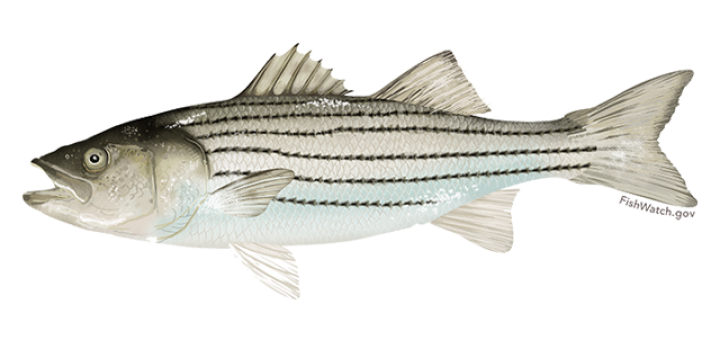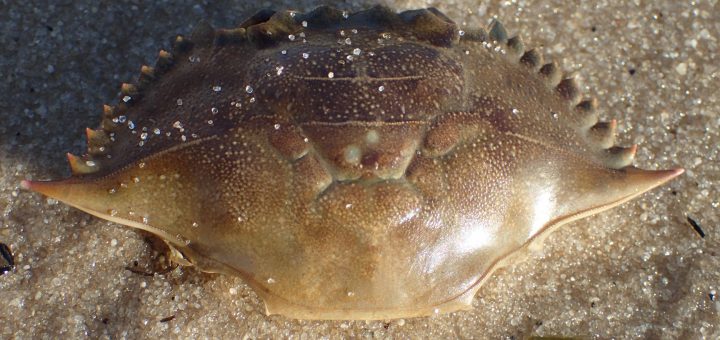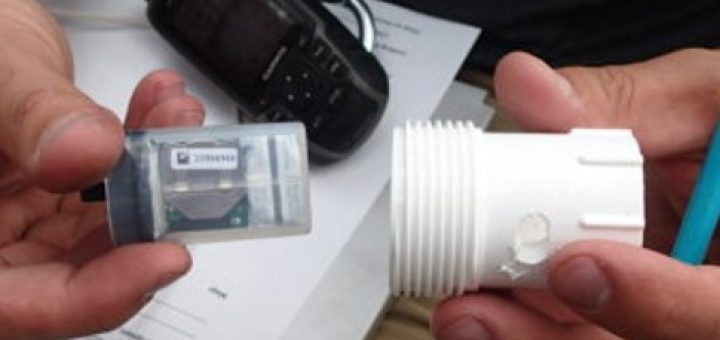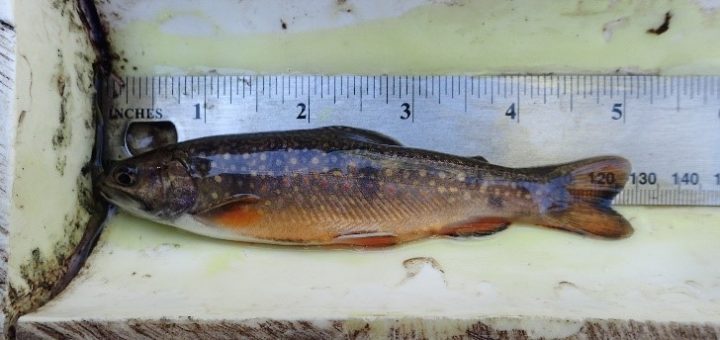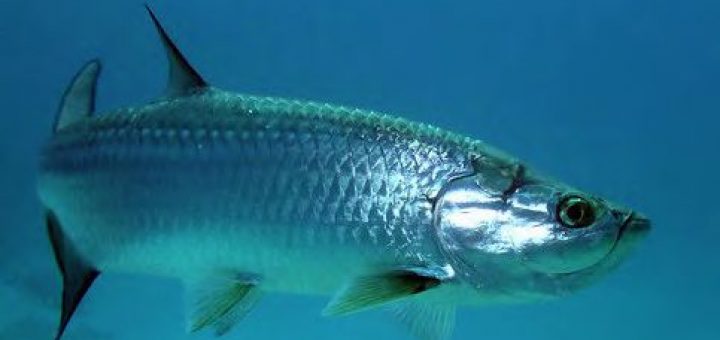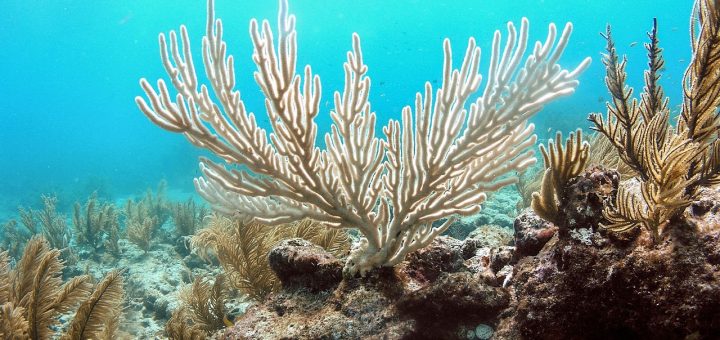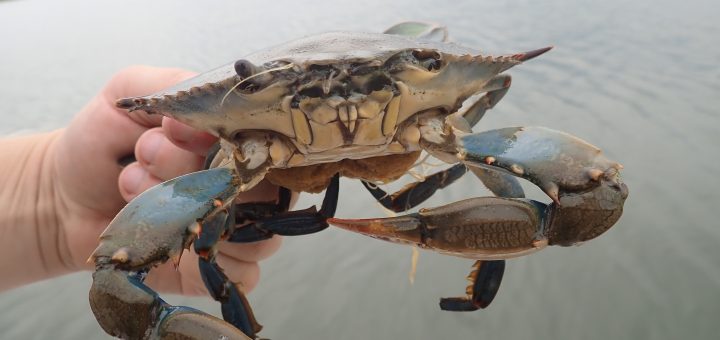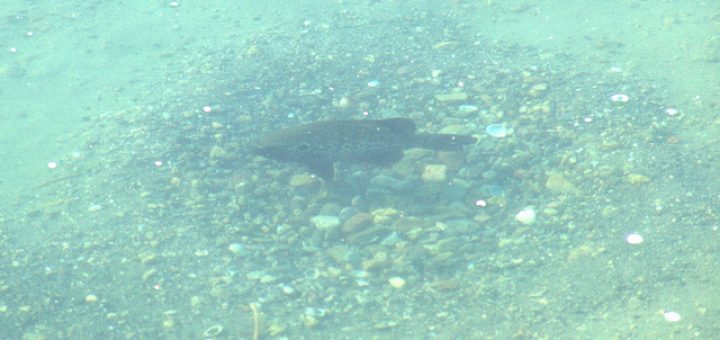Fish Habitat Section of the American Fisheries Society Blog
Many species complete annual migrations, usually in search of ideal climates, rich food resources, or prime breeding grounds. When thinking of migration, the hundreds of miles some bird species or monarch butterflies (Danaus plexippus)...
Striped Bass Morone saxatilis (Figure 1) is a large anadromous fish which spawns in coastal rivers. Its native range spans from the St. Johns River, FL, to the St. Lawrence River in Quebec, Canada....
Fish are the most diverse group of vertebrates and can live in almost any habitat imaginable, including underground caves where nutrients and light are rare to nonexistent. Living in such a harsh environment requires...
Marine Protected Areas (MPAs) are areas where human activities are restricted for conservation or historical purposes. These restrictions can include limitations on fishing, development, and anything that disrupts aquatic life. In the United States,...
Guest Blog Post by Tyler Wallin, New Mexico State University. All images are courtesy of Mr. Wallin. Water temperature affects all biological, chemical, and behavioral processes for fishes and is a critical variable to...
Guest Blog by Ben Armstrong, New Mexico State University Removing invasive fish species to aid native fish populations is easier said than done. System-wide removal of invasive fish with current removal methods (i.e., electrofishing,...
Atlantic tarpon (Megalops atlanticus; Figure 1) are a popular recreational sport fish in the Gulf of Mexico as well as the sub-tropical and tropical Atlantic Ocean. Anglers love the athletic challenge of reeling in...
Proportionate to the area they cover, coral reefs support more fish biodiversity than any other habitat in the oceans. However, they are also among the most sensitive habitats to changes in climate. A phenomenon...
Blue crabs (Callinectes sapidus) are a species of crab native to estuaries along the western Atlantic coast from Nova Scotia to northern Argentina (Figure 1). They live on soft-bottom habitats and are omnivorous, feeding...
One of the most challenging periods of a fish’s life is centered around reproduction. Many species approach reproduction through nest building. It is generally the males that are tasked with finding territory, building a...


